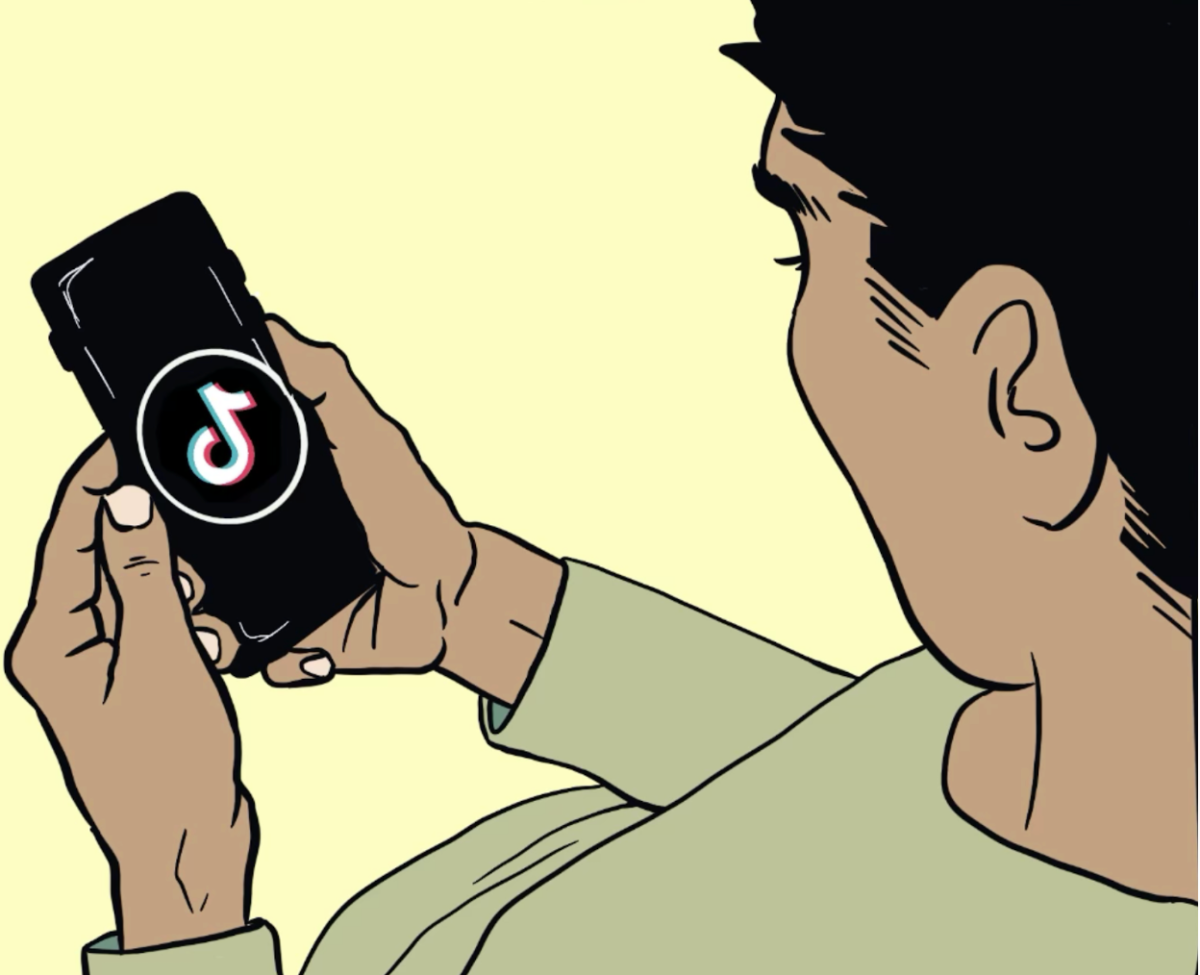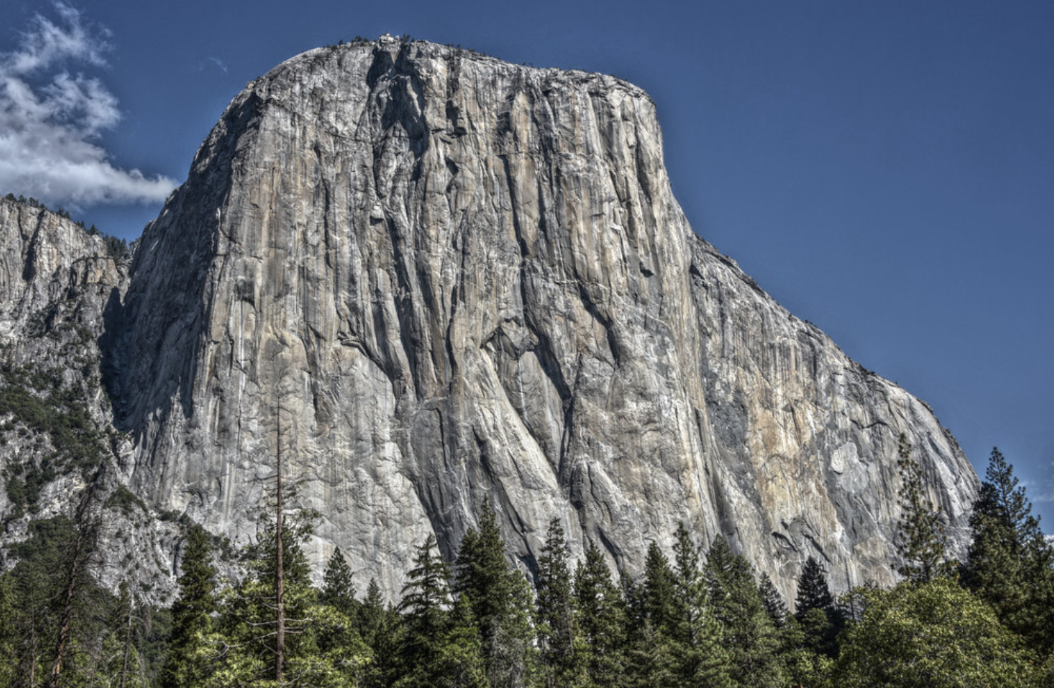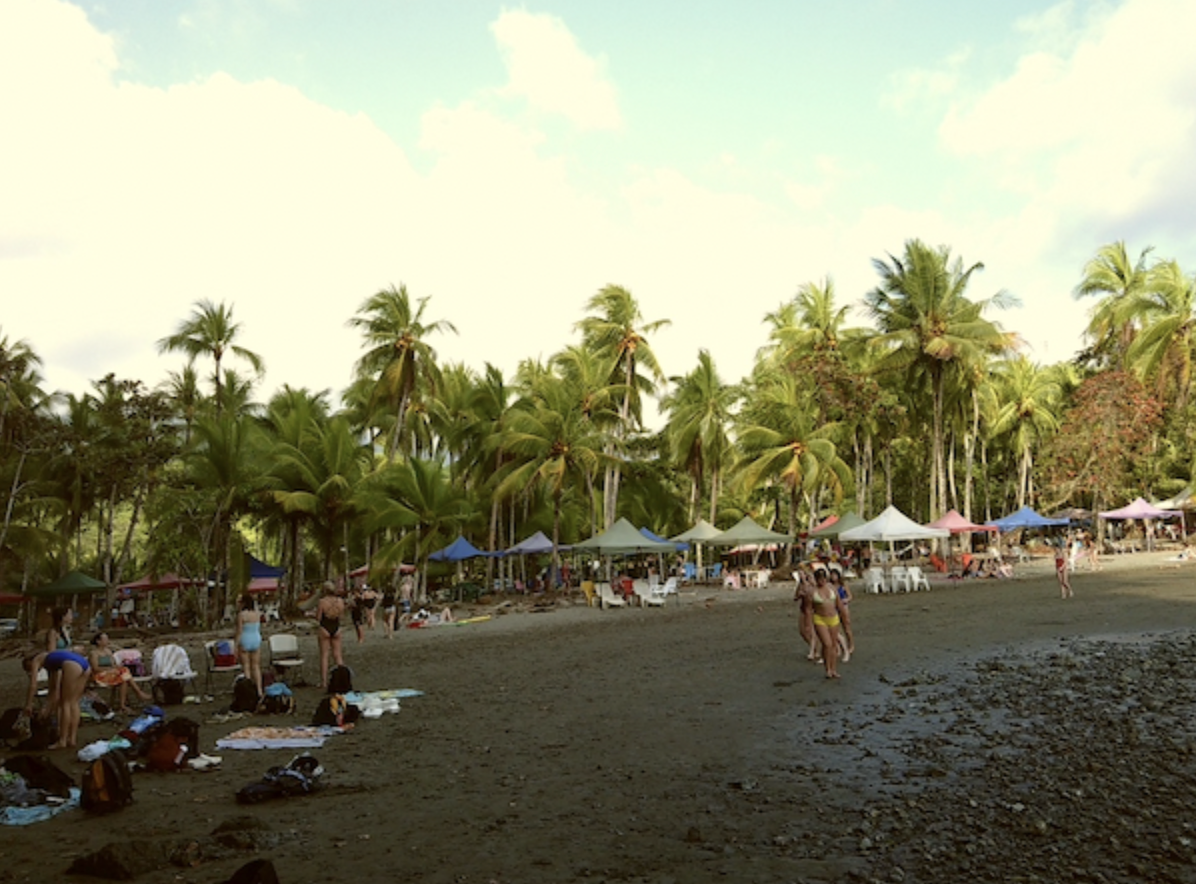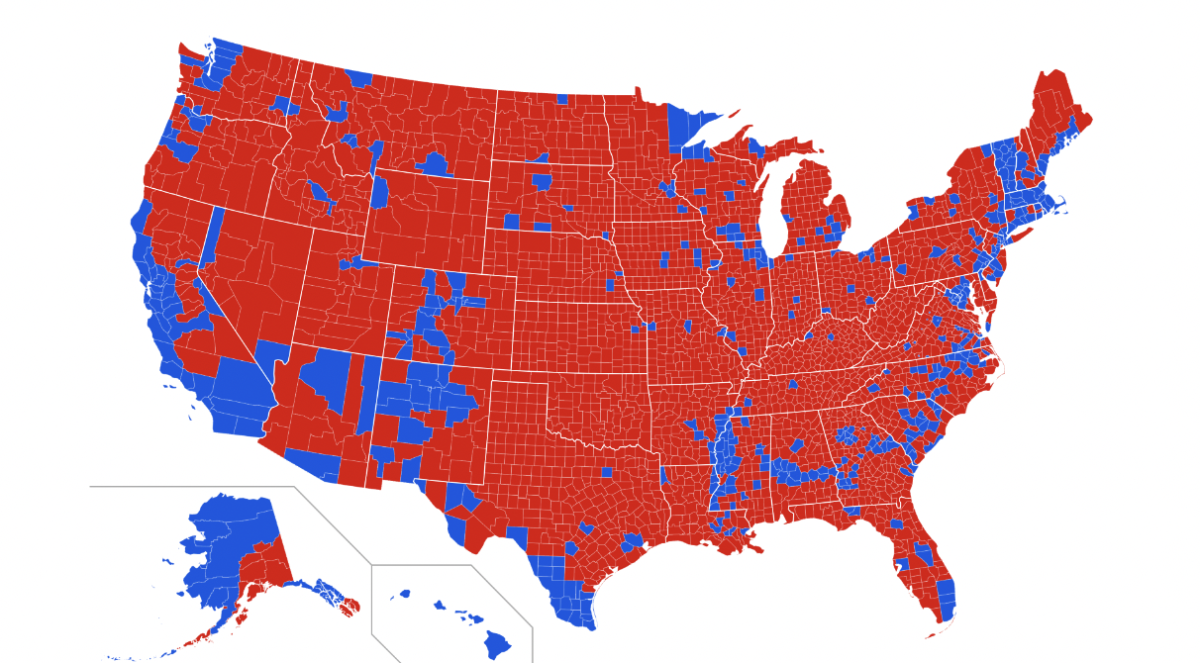Sara Kloepfer
Managing Editor
A red, white and blue capsule slowly rose from the manhole-sized opening carved into solid rock, like a small rocket returning from the depths of the earth. A head became visible inside the contraption. A body followed, and the crowd burst into cheers and applause, sending confetti, balloons and champagne into the air.
This surreal scene of celebration played out 32 more times as the Chilean miners emerged after surviving a record-breaking 69 days trapped underground. The hugs, cheers and tears shared at Camp Hope, where family members and over 1,500 journalists had camped out for weeks, were echoed around the world by those watching the live-streaming video of the rescue.
Ever since 700,000 tons of rock entombed the miners Aug. 5, a worldwide fascination with their plight has followed. For the first 17 days, it was unclear if they were alive. Then a crumpled note broke though a narrow hole on Aug. 22, providing hope for their release.
So how did Chile avoid what could have been a national tragedy? The country immediately sprang into action. President Sebastian Pinera put his mining minister and the operations chief of the state mining company Codelco in charge of the rescue. The government spared no expense — the cost of the rescue operation alone is estimated beyond $22 million.
This sky-high price tag was reflected in the meticulous planning of the rescue. As soon as contact was made, a team of government psychologists set work and sleep schedules to give the miners a sense of normalcy by providing routine. Food, medicine and notes from family and friends were provided through the 5 1/2-inch pipe connecting to the surface. The men used their resources sparingly by limiting headlamp use and minimizing the use of vehicles so as not to contaminate the available air.
The miners were also carefully prepared for their ascent to the surface once the rescue capsule, named the Phoenix, was completed. NASA provided a high-calorie liquid diet designed to prevent nausea from the rotation of the capsule. They were given oxygen masks, dark glasses to protect their eyes and sweaters for the transition from the underground heat to cold desert air.
Aftercare was especially through — each miner underwent a chest X-ray, electrocardiogram, heart echocardiogram, dental exam, nutritional evaluation, skin test, eye exam, psychological exam and a psychiatric exam, if necessary.
The planning above ground was matched by the miners’ unity below. Shift foreman Luis Urzua proved to be an indispensable leader, enforcing strict food rationing and poring over diagrams to help the rescuers plan the men’s escape. Urzua exited last, at his own request, “like a good captain,” as Pinera said.
Even after his ordeal, Urzua claims he is “proud of being Chilean.” This quote seemed to prompt President Barack Obama to say that the rescue “inspired the world.” The United States has had to deal with two of the most prevalent disasters in the last five years — Hurricane Katrina, and most recently the British Petroleum oil spill in the Gulf of Mexico. Chile’s impressive handling of the miners’ situation provides inspiration for how America should have handled their own national dilemmas — with speed, efficiency, and careful planning.
New Orleans’ Lower 9th Ward is still devastated five years later, and BP’s Macondo well has yet to be fully contained six months afterward. Why did the Chilean’s race against time succeed when the United States failed? Most importantly, the government sought outside help — mining authorities from around the world, medical and psychological experts, even NASA.
The Chilean government also took responsibility. San Esteban Mining, which owned the mine, was barely involved — in direct contrast to the U.S. government putting BP largely in charge of the Gulf cleanup. Twenty-seven of the miners are suing the owners, but the government promises each man six months of aftercare at the least.
Finally, Chile went above and beyond expectations by initially keeping them low. The miners were expected to be trapped until Christmas, and instead returned in 69 days. The rescue itself was estimated to take two days, but was accomplished in less than 23 hours. It went so well that Chile abandoned its original plan to restrict images of the rescue, instead allowing the live feed that captivated the world.
Alternately and unfortunately, the United States has a history of promising more than it delivers. Of course it is easier to take care of 33 men than the thousands displaced by Katrina, but the small country of Chile responded faster than the giant operation of FEMA, an organization designed to handle emergencies. BP’s reaction to the Gulf oil spill was similarly slow and disappointing, allowing the United States to forever be associated with the world’s greatest natural disaster. Maybe by the time the next disaster strikes, America will have learned from Chile how to make its citizens proud.









